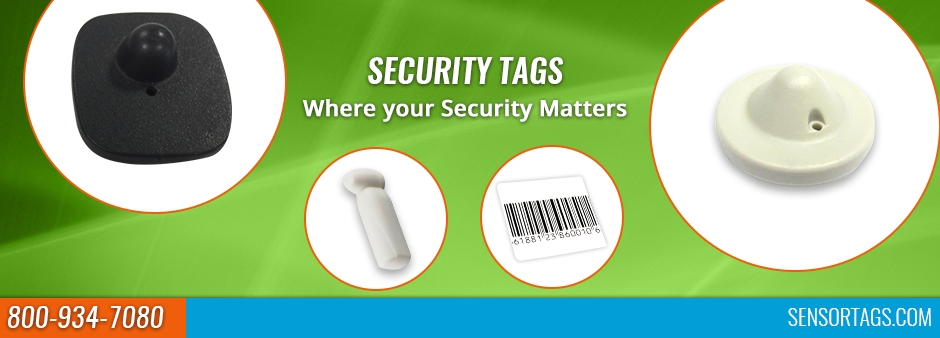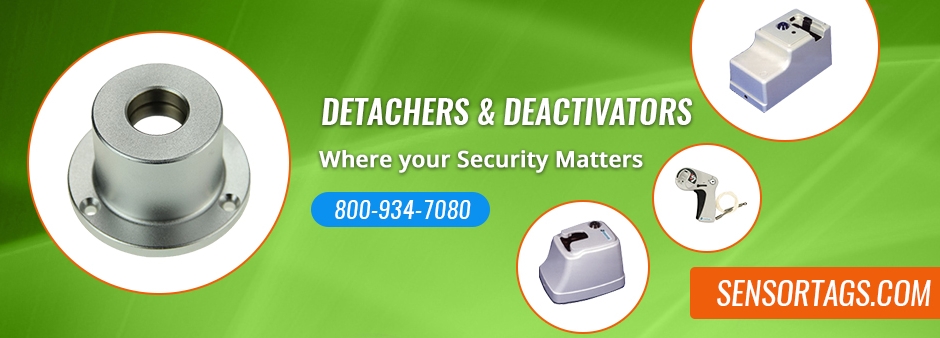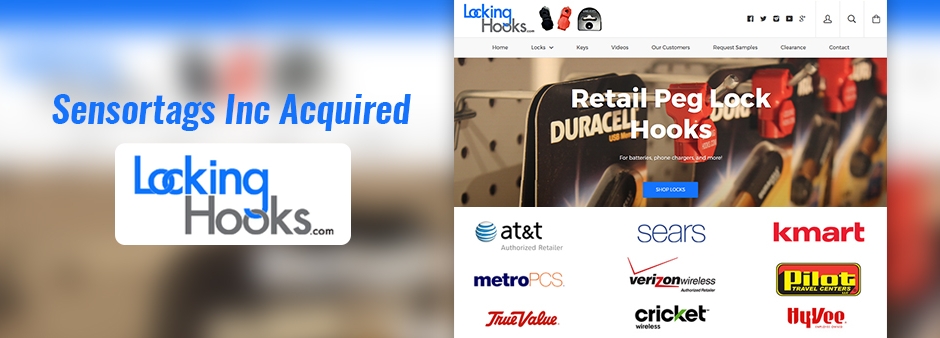EAS Tags for Clothing Stores: Top Benefits and Solutions
EAS Tags for Clothing Stores: Top Benefits and Solutions

Introduction
In the retail industry, shoplifting remains a significant challenge for clothing stores. Every year, businesses lose billions of dollars due to inventory shrinkage caused by theft. To combat this issue, Electronic Article Surveillance (EAS) tags have emerged as a powerful tool for preventing shoplifting while enhancing inventory management. These small yet effective devices are designed to protect merchandise without disrupting the customer experience. In this article , we’ll explore the top benefits of EAS tags and provide insights into the different types available for clothing stores.
Benefits of EAS Systems in Retail
1. Deterrent Effect
The visible presence of EAS tags on merchandise acts as a strong deterrent against potential shoplifters. When customers see security tags attached to items, they are less likely to attempt theft, knowing that alarms will be triggered if they try to leave the store with an active tag. This proactive approach helps reduce shoplifting incidents and creates a safer shopping environment.

2. Real-Time Alerts
EAS systems provide immediate alerts when an active tag passes through an exit without being deactivated at checkout. These real-time alarms allow store staff to respond quickly and effectively, preventing theft before it occurs. This feature ensures that stolen merchandise does not leave the premises undetected.
3. Enhanced Customer Experience
Unlike intrusive security measures, EAS systems offer a seamless shopping experience for legitimate customers. By integrating non-intrusive security tags into merchandise, stores can protect their inventory without making shoppers feel uncomfortable or overly monitored. This balance between security and customer satisfaction is essential for maintaining a positive brand image.

4. Scalability and Flexibility
EAS systems are highly adaptable, making them suitable for stores of all sizes and layouts. Whether you run a small boutique or a large retail chain, EAS solutions can be customized to meet your specific needs. From different types of tags to various detection systems, scalability ensures that every store can benefit from effective loss prevention.
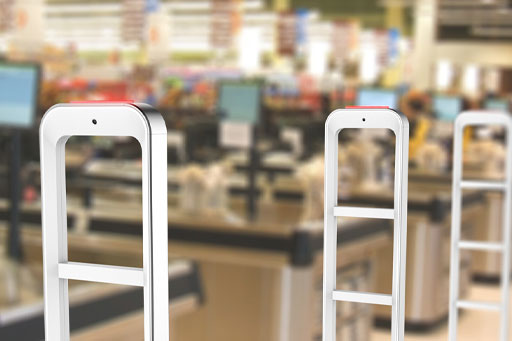
5. Cost-Effective
While implementing EAS systems requires an initial investment, the long-term cost savings are significant. By reducing inventory losses due to theft, stores can improve profitability and reinvest in other areas of their business. The reduction in shrinkage often outweighs the cost of installing and maintaining these systems.
Types of EAS Tags for Clothing
1. RF Tags
Radio Frequency (RF) tags are one of the most commonly used types of EAS tags in retail settings. They are versatile and suitable for various products, including clothing items. RF tags work seamlessly with RF detection systems to ensure reliable protection against theft.

2. AM Tags
Acousto-Magnetic (AM) tags are ideal for stores with high electronic activity because they are immune to interference from electronic devices such as smartphones or other gadgets. These tags offer robust performance and are especially useful in busy retail environments.
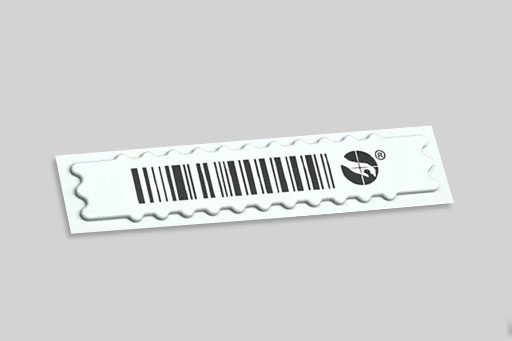
3. EM Tags
Electromagnetic (EM) tags are sleek and discreet, making them perfect for high-end clothing stores where aesthetics matter. These tags are difficult to remove without proper tools, ensuring that merchandise remains protected until checkout.
Conclusion
EAS tags are a crucial component of modern retail security strategies, offering numerous benefits that range from theft deterrence to enhanced customer experience. By integrating EAS systems into their operations, clothing stores can significantly reduce shoplifting incidents while improving profitability and customer satisfaction. Whether you’re looking for RF, AM, or EM tags, there’s an EAS solution tailored to your store’s unique needs. Protect your inventory today with cutting-edge EAS technology!
Frequently Asked Questions
Q: How do EAS tags work?
Answer: EAS tags work by triggering an alarm when passing through an exit equipped with detection sensors unless they have been deactivated at checkout by store staff.
Q: What types of EAS tags are available?
Answer: Common types include RF (Radio Frequency) tags, AM (Acousto-Magnetic) tags, and EM (Electromagnetic) tags—each suited to different retail environments based on size and security needs.
Q: Are EAS systems cost-effective?
Answer: Yes! While there is an upfront investment involved in installing EAS systems, they lead to significant long-term cost savings by reducing inventory losses due to theft.
This blog post is designed to inform retail professionals about the benefits and options available when using Electronic Article Surveillance (EAS) systems in clothing stores.

